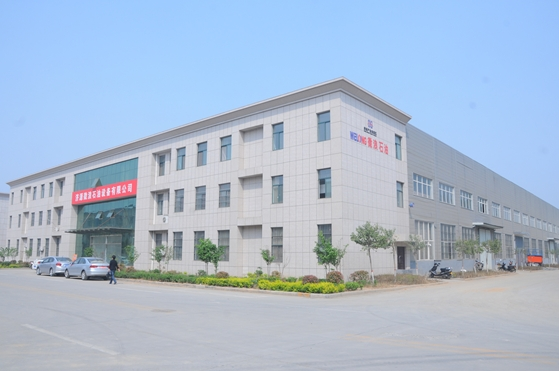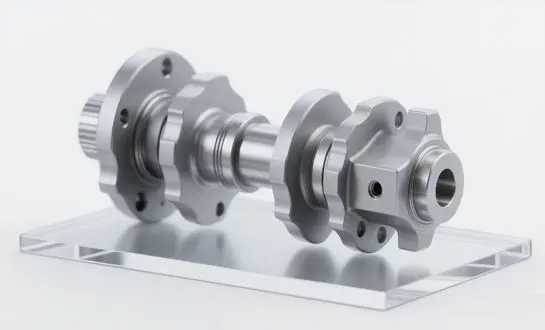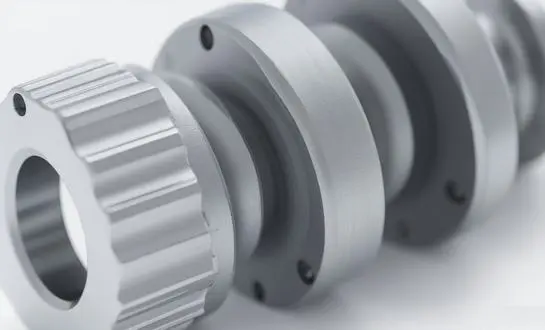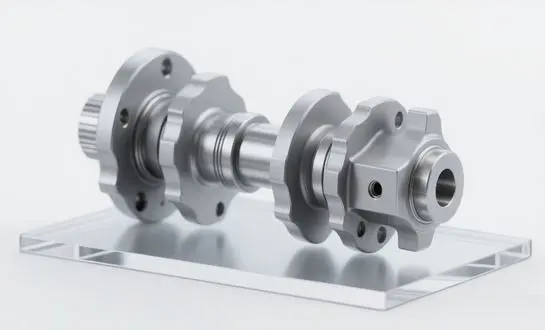Elevator links play a pivotal role in rig operations by ensuring secure lifting and handling of drill pipes and tubulars. These precision-engineered components facilitate smooth vertical transportation within drilling rigs, offering high strength and durability to withstand demanding operational stresses. Using quality elevator links not only enhances operational safety but also streamlines the hoisting mechanism, leading to improved efficiency and reduced downtime in oilfield projects.

Key Parameters and Quality Indicators of Elevator Links
- Material Strength and Durability: Elevator links are typically made from high-grade alloy steel, chosen for its excellent mechanical properties, including tensile strength, toughness, and fatigue resistance. This ensures that the links can handle the heavy and demanding loads associated with oilfield operations without compromising on reliability or safety.
- Wide Capacity Range: These links come in a broad capacity range, typically from 30 tons to 750 tons, making them versatile enough to accommodate various rig loads and lifting requirements. This flexibility allows for tailored solutions to meet the specific needs of different drilling operations.
- Manufacturing and Treatment: The manufacturing process for elevator links often involves advanced techniques such as swaged forging and weld treatments. These methods are employed to ensure consistent integrity and structural durability, whether the link is a single-arm or double-arm design, providing strength where it is most needed.
- Corrosion Protection and Compliance: To further enhance their longevity, elevator links undergo surface treatments that protect against corrosion, making them ideal for use in the harsh conditions of oilfields. These components are also designed to comply with industry standards like API 7-1 and ISO 9001:2015, guaranteeing their quality and performance in all operational conditions.
Core Benefits of Using Elevator Links in Rig Operations
Choosing reliable elevator links results in tangible advantages for drilling contractors and equipment manufacturers:
- Enhanced Safety: Robust elevator links reduce the risk of component failure during critical lifting operations, safeguarding personnel and equipment.
- Operational Efficiency: Balanced hoisting mechanisms, often achieved by using elevator links in pairs, improve vertical mobility and decrease rig downtime.
- Durability and Longevity: Superior alloy steel construction and stringent quality control yield longer-lasting elevator links with minimized wear and tear.
- Cost Control: Reasonable procurement costs aligned with high performance enable better budget management without compromising quality.
- Reliable Delivery: Timely shipments ensure no delays in project timelines, supported by flexible transport options including sea, air, and rail.
- Comprehensive After-Sales Service: Provision of regular inspections, including third-party audits, assures ongoing product reliability.
WELONG's Elevator Links vs. Competitors
Over two decades of experience position WELONG as a trusted manufacturer of elevator links tailored for the oil and gas sector. Our products stand out due to:
- Advanced Manufacturing: Employing swaged forging combined with precision mechanical processing, WELONG ensures each elevator link meets stringent toughness and mechanical performance standards.
- Strict Quality Control: Our internal processes involve thorough in-process and final inspections, supplemented by coordinated third-party validations with recognized institutions such as SGS and DNV.
- Customizable Support: We offer tailored cooperation terms (FOB, CIF, DDP, DDU) and multiple transport solutions to fit client preferences seamlessly.
- Consistent Supply Chain: Efficient production scheduling ensures on-time delivery, critical for maintaining steady rig operations.
- Certification Credentials: Adherence to ISO 9001:2015 and API 7-1 enhances trustworthiness and complies with global industry standards.
Maximizing Benefits: Purchase and Usage Recommendations
Select elevator links based on the specific load capacity suited for your rig’s operational demands, ensuring the paired use of links to maintain balance and safety. Regularly schedule lift system maintenance and inspections to prolong the service life of the elevator links and associated hoisting equipment. Collaborate with manufacturers who provide transparent quality documentation and groundwork for timely deliveries to avoid costly project delays. Leveraging WELONG’s expertise and quality assurance protocols enriches vertical mobility and overall rig productivity by integrating durable and reliable elevator components.
Important Notes for Optimal Elevator Link Performance
Elevator links should always be used as a matched pair to maintain the equilibrium of the hoisting mechanism. Avoid exceeding manufacturer-specified load limits to prevent material fatigue and potential failure. Periodic non-destructive testing is recommended to detect early signs of wear or stress. Surface treatments and corrosion resistance play crucial roles in extending equipment longevity, especially in challenging environments. Proper storage and handling before installation further assure product integrity.
Conclusion
Elevator links serve as indispensable elements in drilling rig hoisting systems, offering enhanced safety, balance, and efficiency. Selecting high-quality, certified elevator links from an experienced Elevator Links manufacturer such as WELONG assures operational reliability, cost-effective performance, and timely delivery. Comprehensive quality control, paired with customized services, distinguishes WELONG in the oil and gas equipment manufacturing landscape. By choosing trusted elevator links, drilling contractors can optimize rig performance and maintain safety standards throughout complex vertical transport processes.
Frequently Asked Questions
Q1: What makes elevator links different from other rig lifting components?
A: Elevator links are specifically designed to connect and secure drill pipes during vertical lifting, featuring high-strength alloy steel construction and precision manufacturing that distinguishes them from generic lifting devices.
Q2: How does WELONG ensure the quality of its elevator links?
A: WELONG implements a rigorous quality control process, including in-process and final inspections, alongside collaboration with third-party inspectors such as SGS and DNV, ensuring consistent delivery of durable, high-performance elevator links.
Q3: Can elevator links be customized for specific rig requirements?
A: Yes, WELONG offers tailored solutions to match varying operational needs, including different load capacities and compatibility standards, supported by flexible shipping and contractual terms.
Q4: What are the best practices for maintaining elevator links in the field?
A: Routine inspections, proper lubrication, avoiding overload, and using matched pairs are essential. Additionally, treating the surface to resist corrosion enhances lifespan.
Q5: Are elevator links compatible with smart elevator technologies or lift systems in smart buildings?
A: While designed primarily for oilfield rig applications, the mechanical principles align with vertical transportation demands; however, elevator links used in rig settings are distinct from smart elevator components used in building automation.
Where to Buy Elevator Links
To acquire reliable elevator links that meet stringent industry standards, WELONG stands ready to serve your needs with over 20 years of expertise in oilfield equipment manufacturing. Our commitment to quality and timely delivery covers every aspect from manufacturing to after-sales service. Reach out and discuss your elevator link requirements by contacting us at oiltools15@welongpost.com.
References
- API Specification 7-1: Specification for Rotary Drill Stem Elements, American Petroleum Institute.
- ISO 9001:2015 Quality Management Systems, International Organization for Standardization.
- DNVGL-ST-0377: Offshore Steel Structures - Certification and Inspection Standards.
- SGS Inspection Reports on Oilfield Lifting Equipment, SGS Group.
- “Advancements in Oilfield Hoisting Equipment,” Journal of Petroleum Technology, Society of Petroleum Engineers.
- “Material Integrity in Drilling Rig Components,” Oilfield Engineering Quarterly, 2022 Edition.




